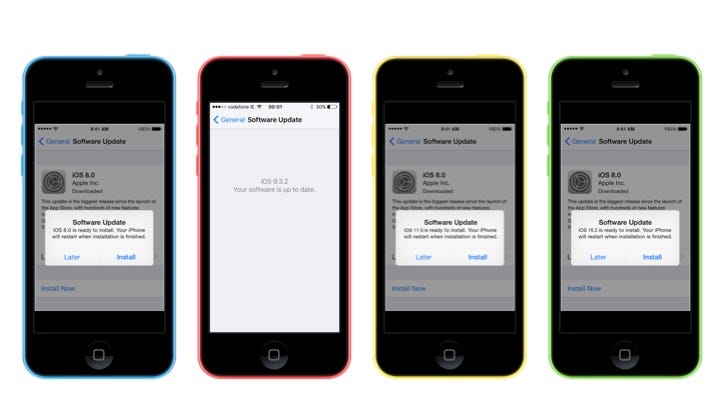
Before Smartphones most of us were not really aware of operating systems (OS). It wasn’t until everyone had a mobile computer (which happens to be a phone) that updating an OS became commonplace.
iOS updates, in particular are made very user friendly, as we have come to expect from Apple.
Operating systems help us communicate with the computer, which speaks in 1’s and 0’s while we speak our various languages. The OS manages the computer’s memory, processes and all of its software and hardware. The OS schedules tasks and resources for efficient use of the system and resources. Application programs (apps) usually require an operating system to function.
Business Operating Systems
Hold the thought of a computer OS and now think of any business.
Let’s use the phrase Business Operating System (BOS), which refers to the collection of business processes used in companies. Beyond a computer OS, let the BOS definition include the common structure, principles and practices which drive any organisation.
Like a computer OS, businesses have a common way that people communicate with each other within that business.
Like a computer OS, businesses schedule tasks and resources (people) based on the priorities of the business. Importantly, it is the OS that decides what is important and can freeze or deny tasks that is sees as distractions (like the future, but more on that later).
Businesses may have application programmes (apps) that run under the OS. For clarity sake apps can be business units, division or silos. These apps can have their own look, feel, culture and goals, but ultimately they are controlled by the business OS.
The Problem with having only one OS
We are operating in a business landscape where disruption is commonplace. Dr. Hugh Henry tells us (In his excellent book Everyday Innovation and on here the Innovation Show) that only 5% of businesses of the last 75 years are still trading today. Look at the fate of companies we considered “sure bets” Kodak, Nokia and Blockbuster.
With the rate of change so rapid we need to treat business much different than we did before. We can no longer simply create a product, sit back and market it and watch the sales come in.
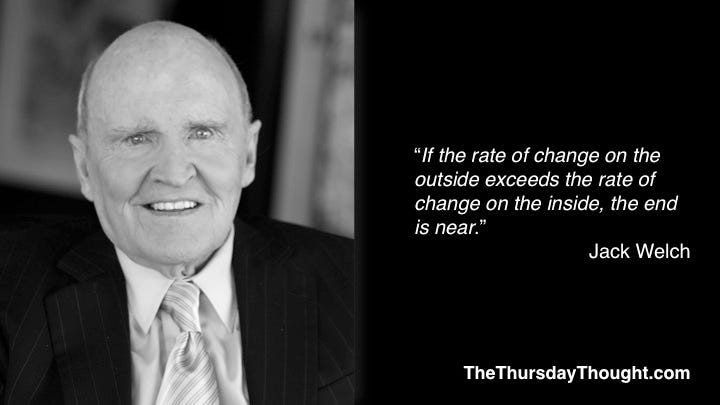
There are a myriad reasons for this. There is more competition than ever before, there are higher expectations than ever before and there is less consumer tolerance for marketing (good or bad) than ever before.
Just because a business is making money on a product today does not mean that product will remain relevant in the near term, let alone the far term.
So many industries are faced with this today. How do you maintain profits in the near term, while investing in the future?
This is where you need to manage 4 (or more) operating systems for your business.
iOS 9.3.2: Today’s iOS or The Latest Version
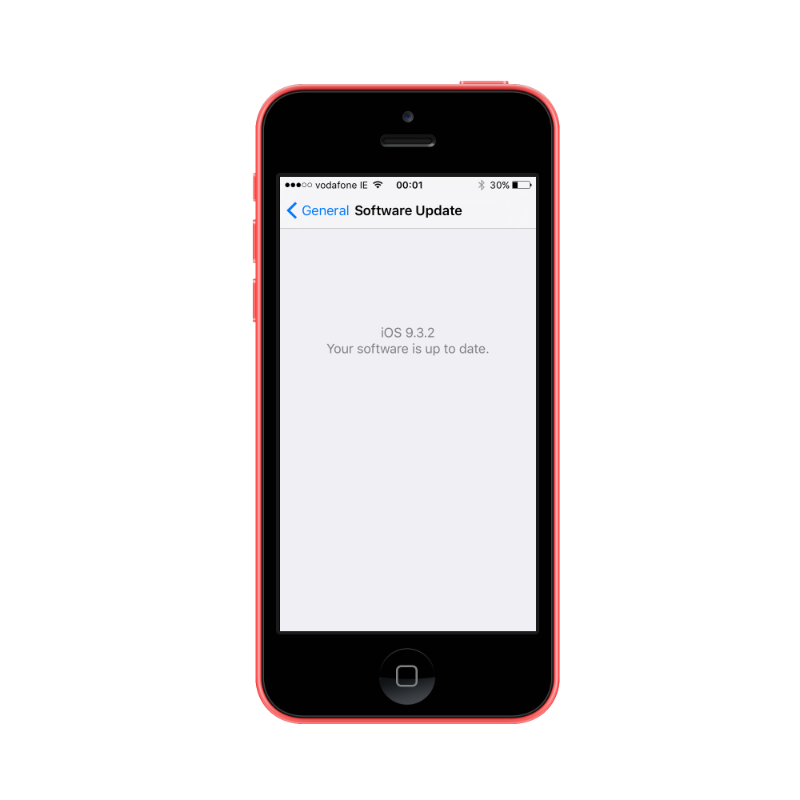
The most recent iOS update was iOS 9.3.2, released on May 16th 2016, while iOS 9.3.3 Beta 5 was released on July 6, 2016.
Think of this as your existing business OS as it stands today. This is working in the business and not on the business.
The present pays the bills and most people in the business are measured and rewarded on their successes for today’s business.
You may get some very near term beta projects (in computing beta refers to release or preview versions), but they are often looking for a very near term return on investment. It is rare that you will find leaders investing in innovation beyond beta projects.
I have purposely put a red frame on this version, which I will explain in a bit.
iOS 11 — Near Term Innovation
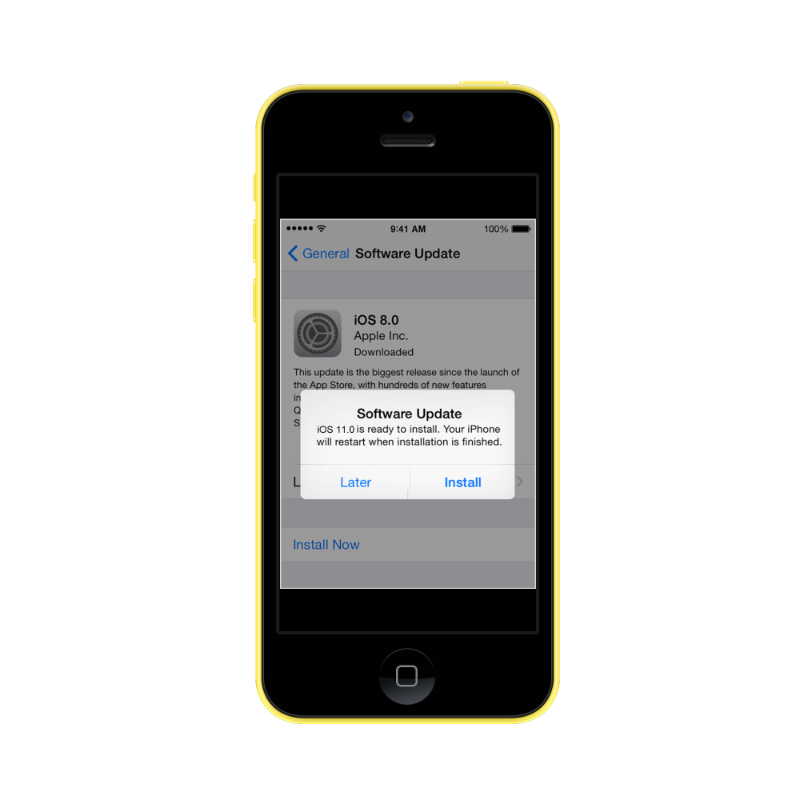
Near Term Innovation involves going beyond just beta testing.
This could involves select groups of early adopters within a company who collaborate to innovate. This group may meet on a regular basis and encourage collaboration by working on new cross-divisional applications.
This group usually involves people who go beyond their 9–5 role and have a genuine interest and drive to make their company and environment a better place. These are the ones with great attitudes. These are what I call positive vampires, you want this group to positively infect the rest of the company.
For this new application to survive, let alone thrive the business operation system must facilitate their success. They should be set aside budget. They should be allowed to “fail (learn) and fail (learn) quickly”. They should be allowed to rapidly prototype, they should be allowed to create experimental products or services without the need of a business plan or estimated return on investment.
Parameters
This iOS11 team simply need to be set parameters by the BOS.
This highlights the necessity for a company-wide Mission, Values, Goals and North Star (strategy) or as Katawaves Chief Imagination Officer Barry Winkless calls it a “Weenie”.
Once this team obey the parameters set out by the North Star/Weenie, then they should be allowed to build the future as part of their jobs today.
The BOS needs to both get out of their way, but also pave the way for this team, a team like this is going to run into many blockers.
The blockers will be those who refuse to upgrade to the latest iOS, let alone experiment with beta and will never move to iOS 11 or above.
iOS 8 — Laggards
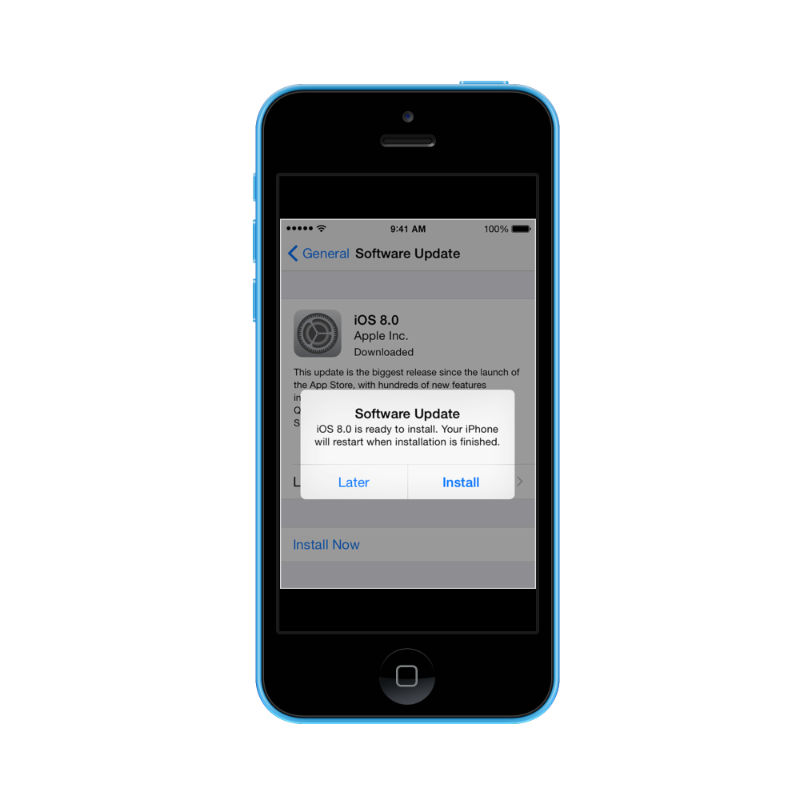
Before we look at the future iOS 15, it is important to recognise the past.
In a previous role as Managing Director, Marketing & Business Development for mBank, Michał Panowicz tells us that 14% of people never upgrade or switch, they have to be forced.
Similarly you see this with iOS updates (Mixpanel let you check this here), there are always laggards. The way Apple “encourage” this cohort to update is by bringing in features or allowing apps that only work with newer or the latest iOS. This “nuisance factor” makes them have to upgrade as they will find it hard to function if they don’t upgrade or they may just need to find a new phone with an OS that suits them a little better.
To that end businesses should examine people who fail to adopt new cultural operating systems, the people who got you to where you are today may not be the people who will get you to where you need to be tomorrow.
Apart from people, businesses must also examine practices. Certain practices are now outdated and like laggard iOS systems and application, they may need to be upgraded or discontinued.
Importantly this means reevaluating the company North Star, Goals and Values to see if they are relevant in tomorrow’s world.
Letting go of the past is often the hardest step for most companies as structures, policies and people are built for the company for that older stage.
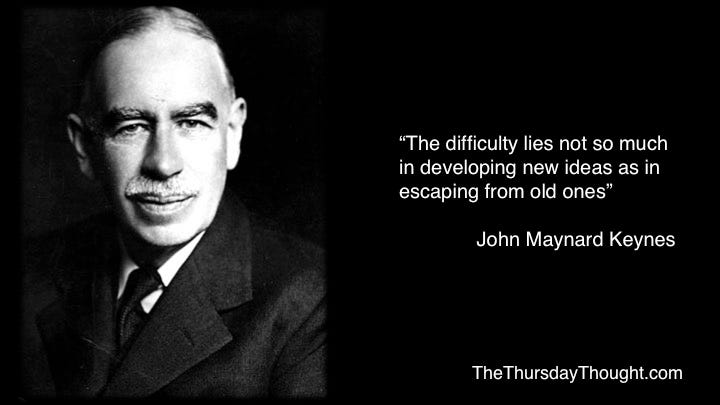
iOS 15 — Future Innovations
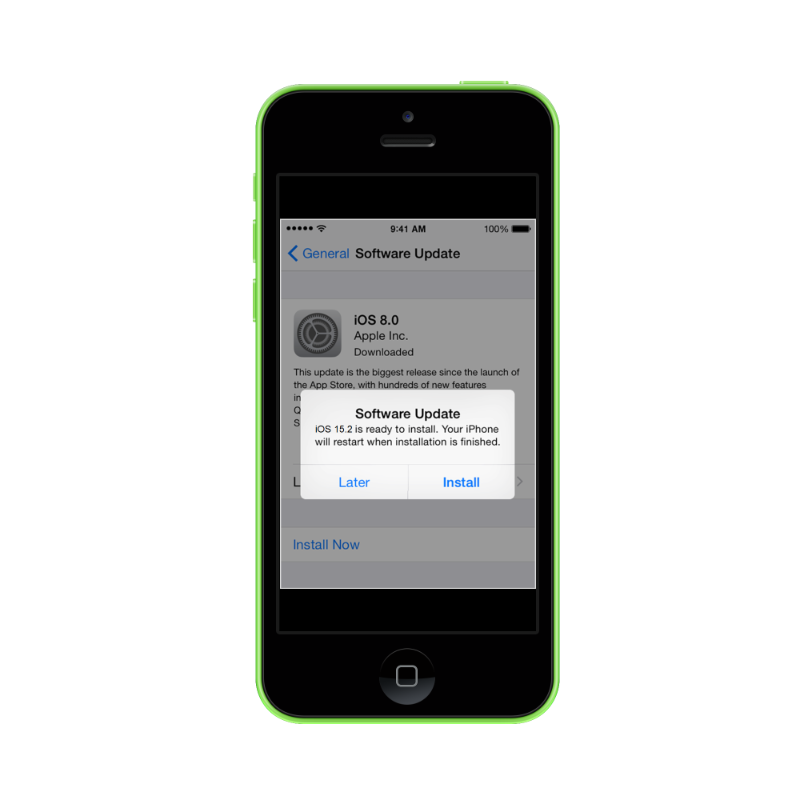
If the iOS 11 collaboration team is run by early adopters, then typically this iOS 15 team would be run by true innovators, bordering on maverick.
Again once these innovators adhere to a set of leaky parameters they need the business operating system to allow them to break the rules as long as they do not distract the iOS 9.3.2 team, today’s business is paying for tomorrow’s success.
This small team will be persistent and should question the status quo. They will look for ways to bring people together, collaborate drive a better working atmosphere.
This team has an entrepreneurial spirit, they are driven to future-proof and indeed present-proof the business.
Importantly this iOS will bring a brand new way of doing things. Sometimes when you initiate an iOS update it fails because you need to clear some space. This is a chance to kill off some (mental) dead wood and reboot the system so to speak.
The iOS 15 team always sounds like a shiny new thing, but often this is a difficult role as there will always be gremlins in the system both from the iOS8 laggards and many from the iOS 9.3.2 present day group. There are many reasons for this, some of which Machiavelli recognised over 500 years ago.
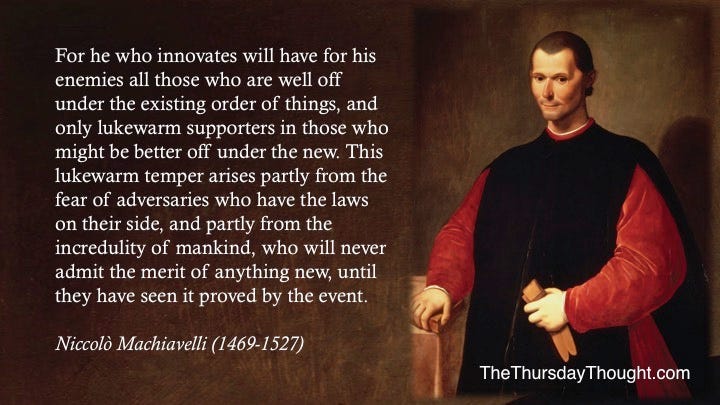
The “Competing Values” leadership Framework, Why the Colours?
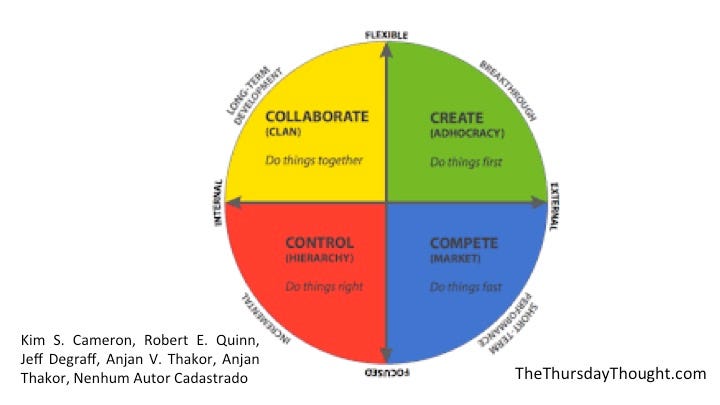
At a recent excellent conference by the The Flow Group excellent Keynote speaker Mee-Yan Cheung Judge spoke of the “Competing Values” leadership Framework above.
I had written this post and then changed it to accommodate. This framework resonates strongly with the goals of each of the operating systems we explored above.
The ultimate goal from a cultural perspective should be a more agile company with an entrepreneurial spirit. A company that rewards risk taking, going above and beyond the call of duty to deliver your product or service. The goal is to move wards the yellow and green and kill off the blue and red.
To do this employees should be treated volunteers, given a very clear mission and made feel they are part of the input of the company and not simply a cog in a wheel.
The goal is to drive teamwork, collaboration, talent management, inter-personal relationships and empowerment rather than entitlement . If this is done then innovation comes easily in an environment like this, especially if the positive vampires on iOS 11 are influencing across he company.
Next week we will explore some of the characteristics of innovation leaders